Campus Vignette
Seismograph Stations: A whole lotta shakin’ going on in Utah
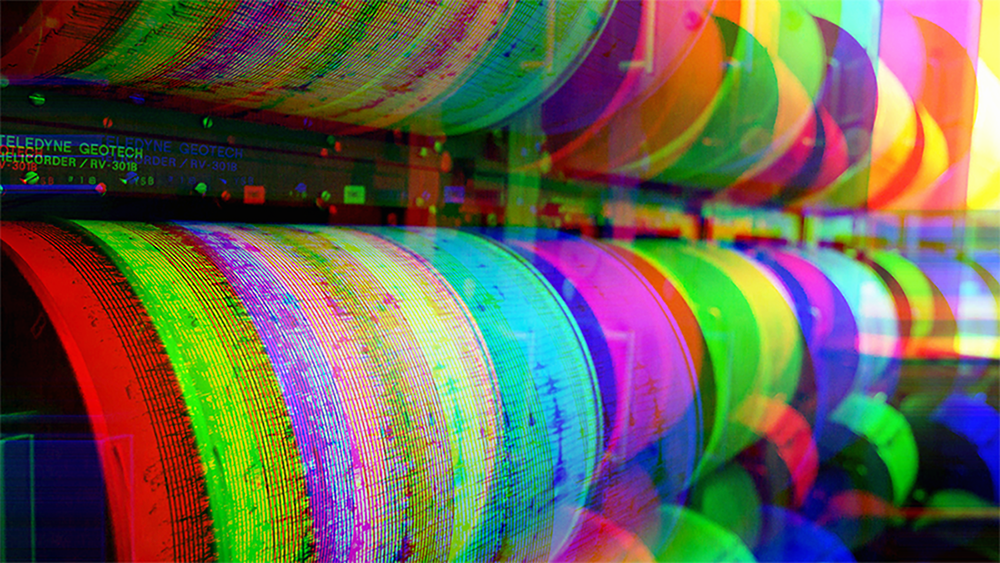
Digitally modified image of helicorders at the Frederick Albert Sutton Building. A helicorder is a device that records signals from a seismometer on a roll of paper wrapped around a rotating drum. A pen draws the signal on the paper. Each line of data represents a specific, constant time interval, for example, one hour per line.
At 7:09 a.m. on March 18, 2020, a 5.7-magnitude earthquake rocked the Salt Lake Valley. Moderate by geological standards, the quake felt downright apocalyptic to those of us whose lives had just been upended by a pandemic-related lockdown.
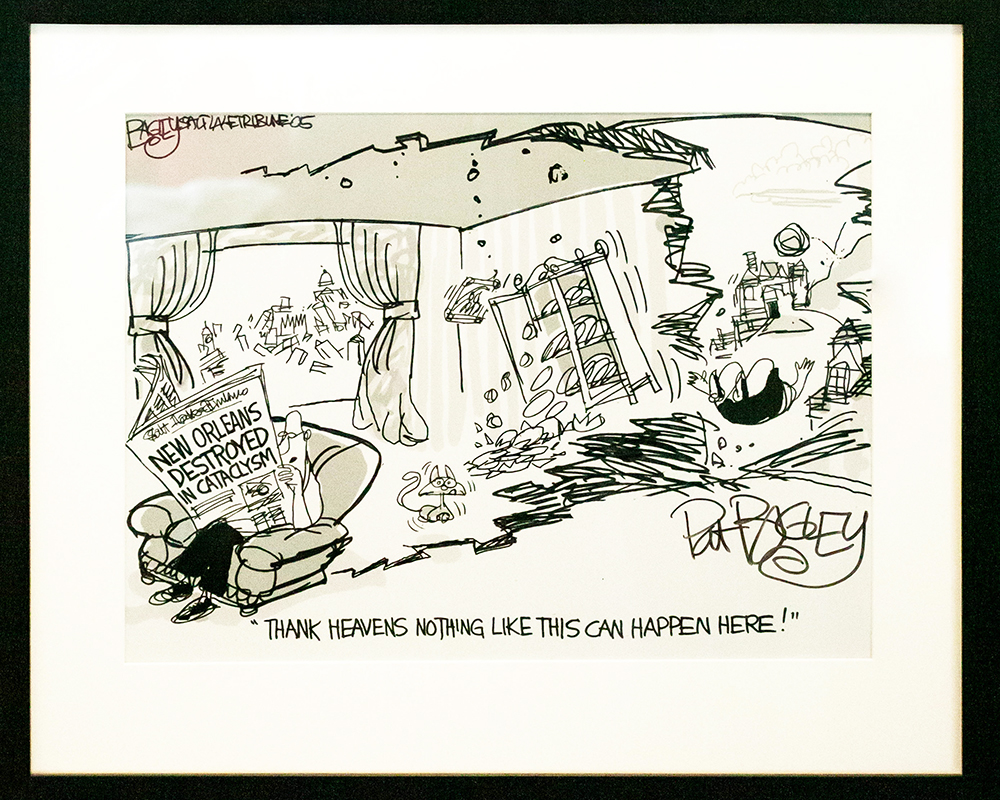
Utah — intersected by the Rocky Mountains, Great Basin, and Colorado Plateau — has experienced 17 magnitude 5.5 or greater earthquakes since 1847. Several active faults bisect the state, but the 240-mile Wasatch Fault is the most hazardous due to its proximity to major cities. According to the book “Putting Down Roots in Earthquake Country,” more than 85% of Utah’s population lives within 15 miles of the fault, with Brigham City, Ogden, Salt Lake City, Provo, and Nephi sitting along its five most active segments.
The University of Utah’s Seismograph Stations, located in the Rio Tinto Earthquake Information Center in the Frederick Albert Sutton Building (FASB), monitors all seismic activity in the state and Yellowstone National Park region. The building itself is well worth a visit. The four-story, 91,000-square-foot building is architecturally distinct and features dozens of educational displays that showcase discoveries in geology and geophysics. In addition, the FASB hosts a weekly distinguished lecture series and an annual open house, tentatively scheduled for February 9, 2024. A call for volunteers is now open.
Can't visit in person? Take a virtual tour!
UUSS was formally established in 1966, according to its website, and it remains an integral part of the Department of Geology and Geophysics in the College of Mines and Earth Sciences. Data from more than 300 regional and urban seismic stations continuously transmit to the UUSS network center, where they’re automatically processed as part of a real-time earthquake information system, operating since 2002 as part of the U.S. Geological Survey’s Advanced National Seismic System (ANSS). Ahead of this year’s Utes’ football season opener, a seismometer was even installed the Rice-Eccles Stadium to track “fan quakes” — earth-shaking associated with fans’ response to the on-field action.
If you have general questions about the FSB or would like to request a building tour, please email gg-office@lists.utah.edu.
Below is a photo gallery of some exhibits at the FSB, images courtesy of the Department of Geology and Geophysics.
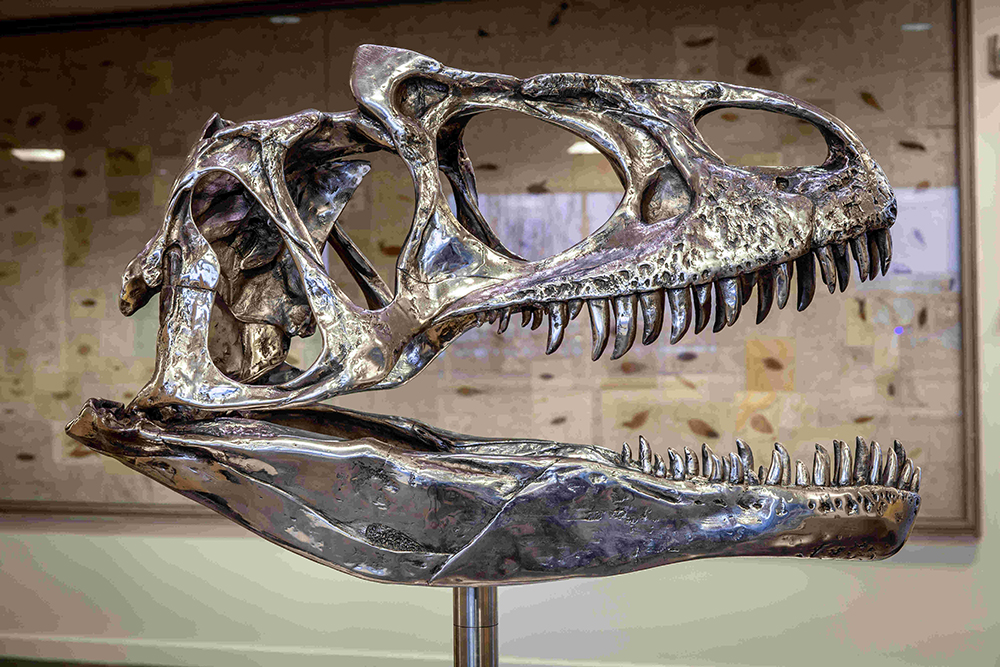
Life-size cast of an Allosaurus skull in aircraft stainless steel.
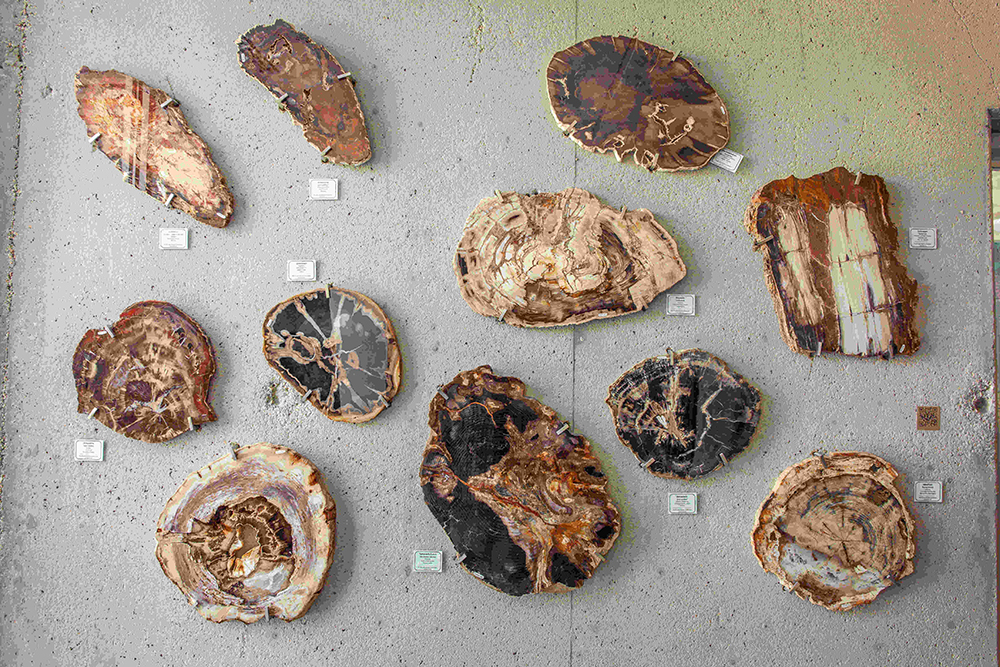
Part of the Pat and Judy Beatie petrified wood collection.
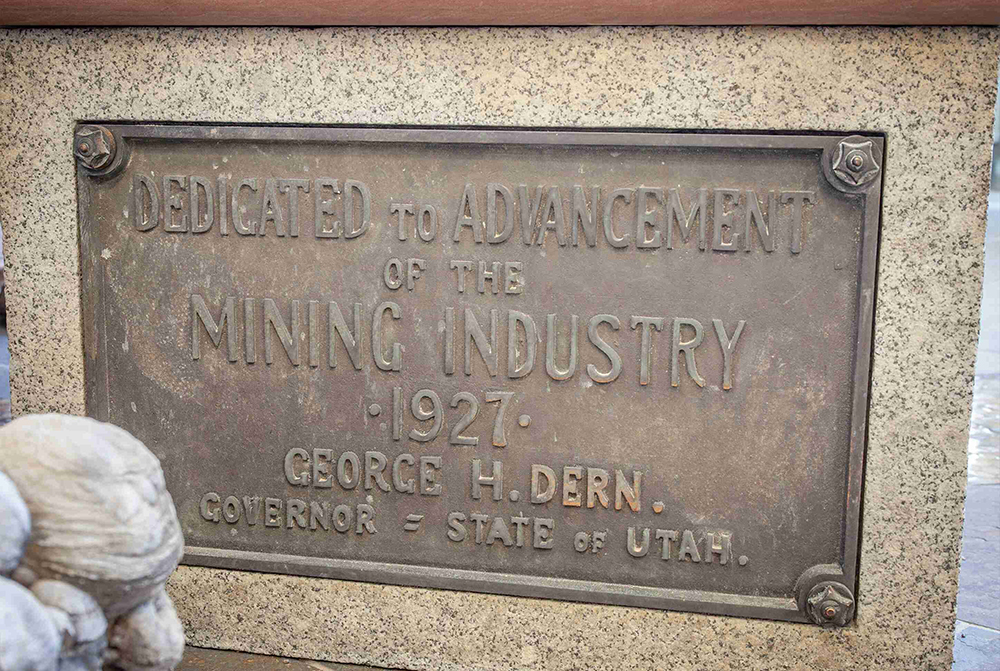
Portions of the old Mines Building, like this original cornerstone, were saved during demolition.
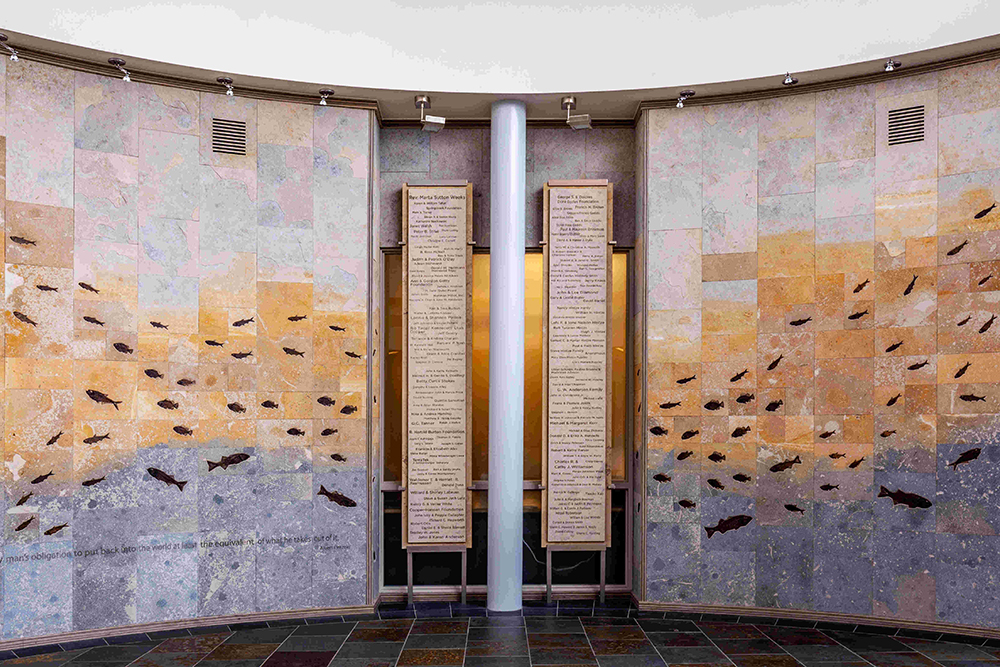
Fish fossils, stone pieces, and edge frame treatment from Green River Stone Company.
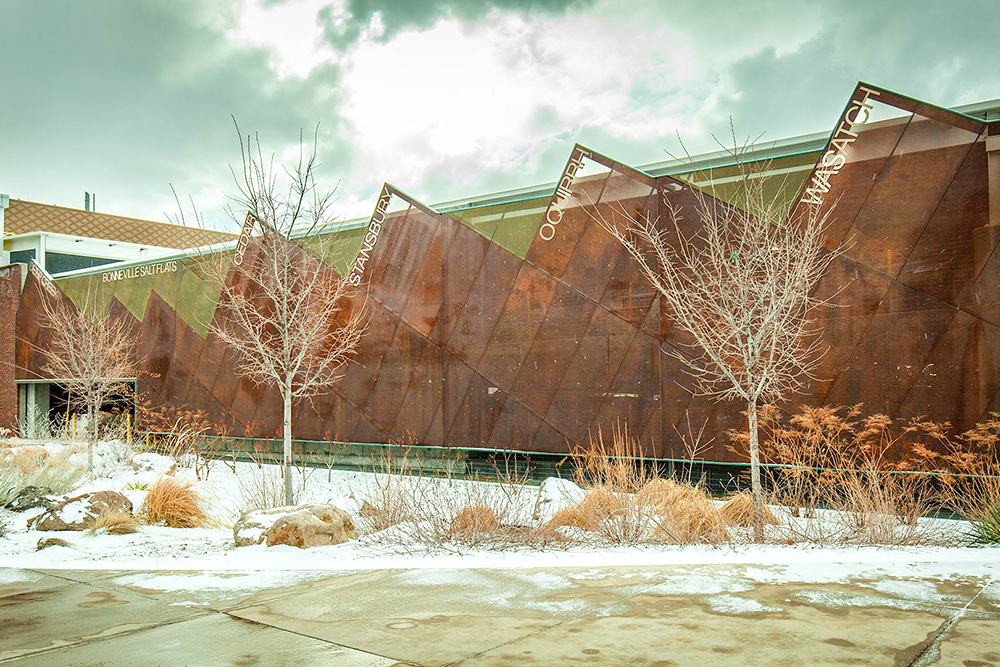
The parking structure facade boasts a Basin and Range design.
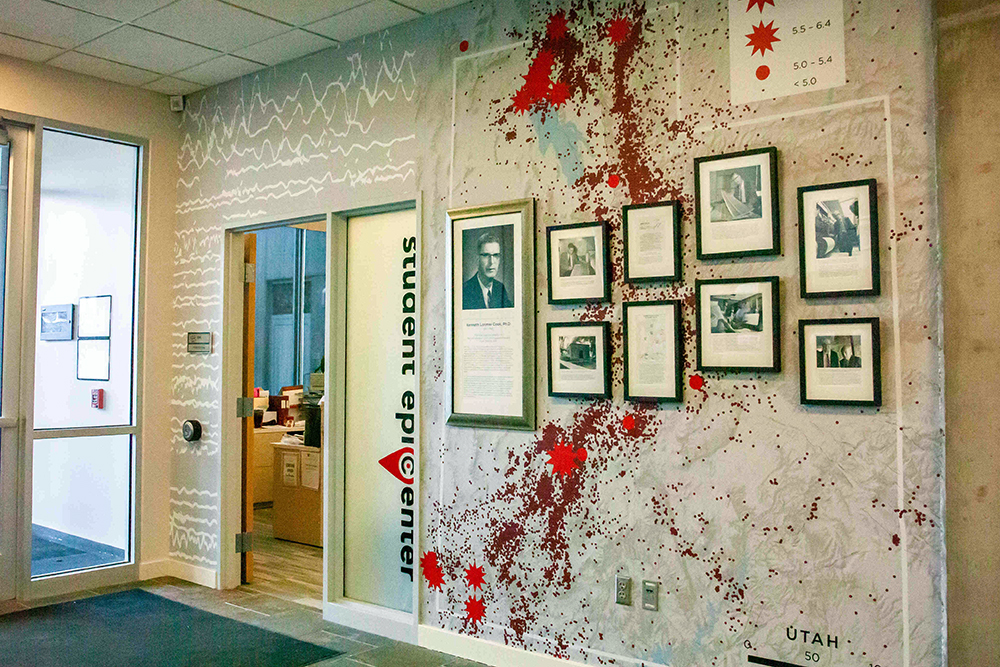
The Student Epicenter, the College of Mines and Earth Science’s academic advising center.
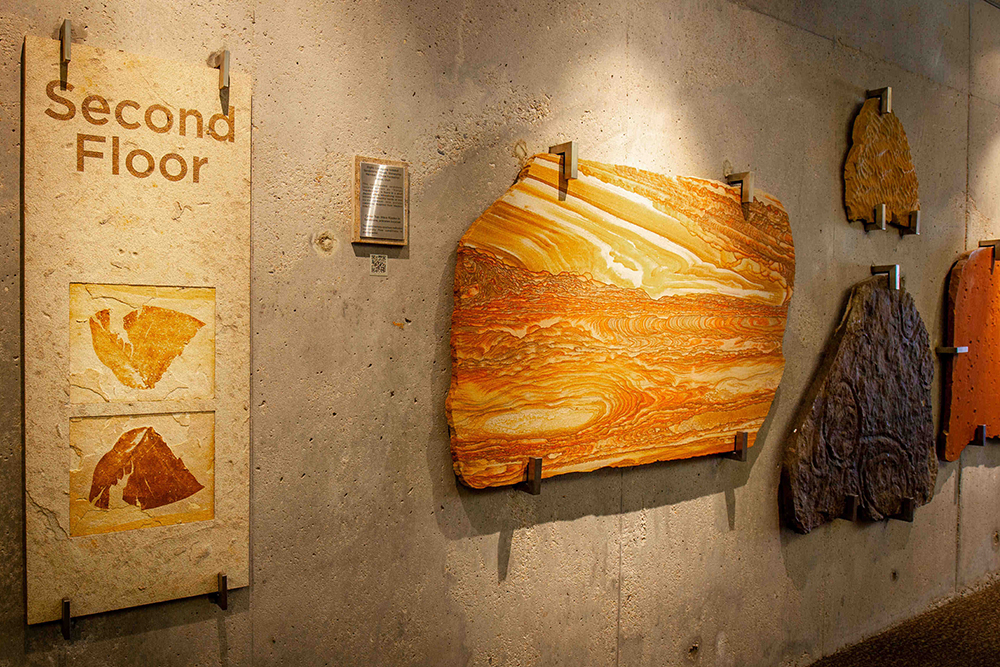
This second floor display features a large slab of Utah sandstone.
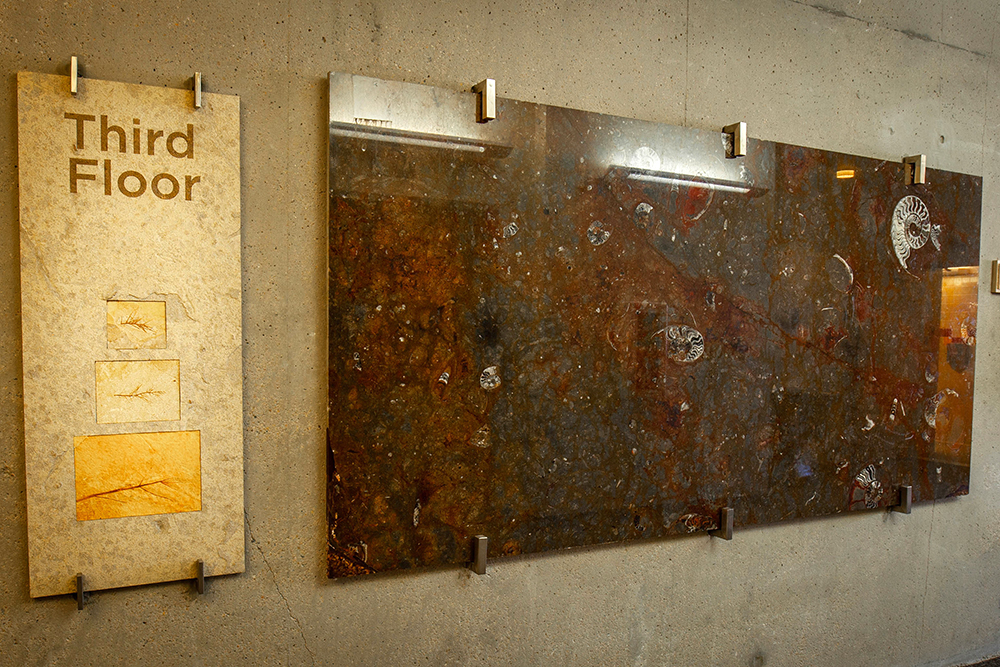
This third floor display features fossilized cephalopods and ammonites in Moroccan limestone.
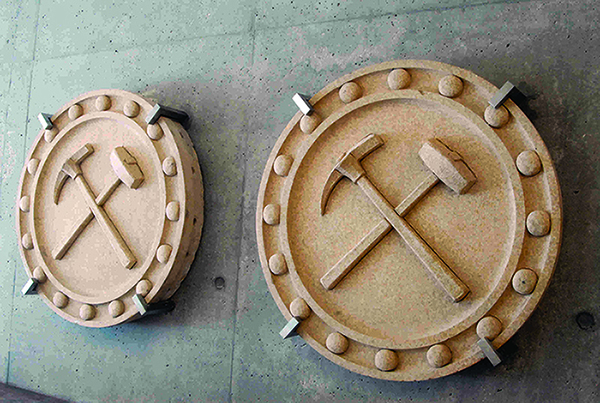
Terracotta “pick and hammer” medallions, like those shown here, once graced the exterior of the old Mines Building.
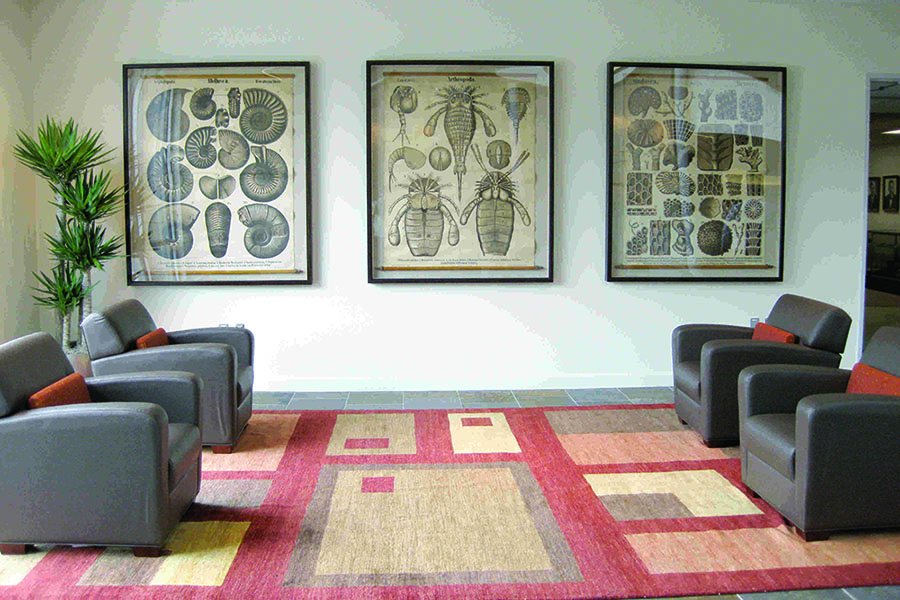
Antique lithographs adorn the walls of the Confluence area.
Node 4
Our monthly newsletter includes news from UIT and other campus/ University of Utah Health IT organizations, features about UIT employees, IT governance news, and various announcements and updates.
